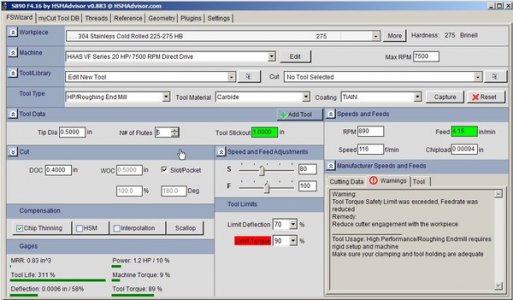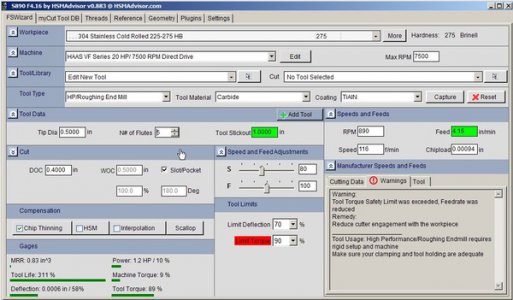- Joined
- Nov 24, 2013
- Messages
- 1,791
I personally dont think a machine that can take .1 of the radius is to much to ask for ahahahaha And that aint really alot in reality. But thats what I want. You watch Abom take a 1/2in off a slab of steel in no time makes me sad ahahahaha
But I agree, it aint for everyone. And aint needed by even me. But man I want it
But I agree, it aint for everyone. And aint needed by even me. But man I want it



